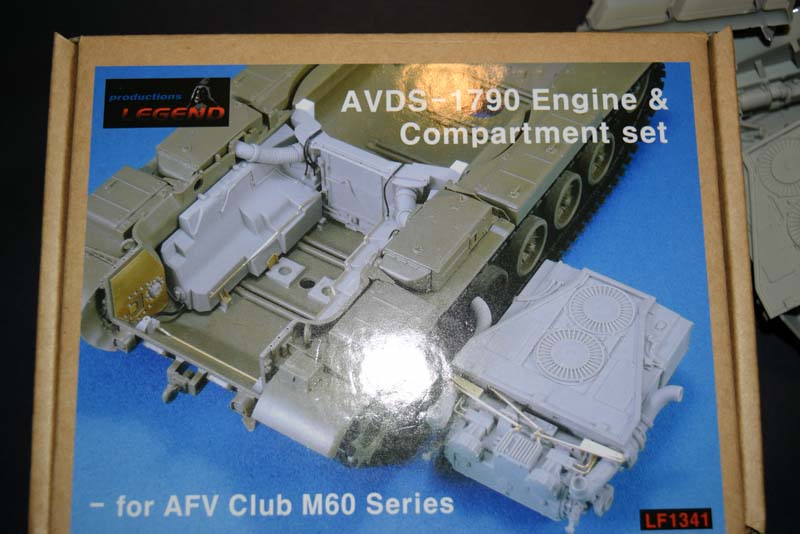Great review, and thanks for clarifying the difference between the AFV Club version versus the Dragon version as it finalized my decision to use the AFV Club M60 kit when modeling a visible AVDS-1790 pack.
Now, to your comment regarding the engine shroud:
Quoted Text
Another negative comment made relates to the lack of a heat shroud; I have been unable to locate an image of this element, but I believe that if you are going to add an engine to your model of this quality then hiding it again is not going to be your goal.
Whenever we were installing the Deep Water Fording Kit, performing PMCS on the transmission linkages or having our M60A1 packs pulled, we and the mechanics always placed the heat shroud either on top of the back deck (simple PMCS) or, more often (pulling packs), right under the hull as this is the easiest and best place to keep the aluminum shroud from being accidently damaged and trampled on by mechanics, tankers, and the '88 (well, sometimes for height-challenged Marines, the shroud might be illicitly used as a "step" to more easily access the rear engine bay).
Thus, the inclusion of a heat shield in these kits would provide a more accurate depiction of a maintenance scene involving the '1790 pack. Now, if my memory serves me, I believe the heat shroud should be relatively easy to scratch build as essentially it's a flat sheet with a large radius, almost 90-degree bend, with two lift handles, two round openings for the exhaust stacks, and asbestos insulation on the underside.







